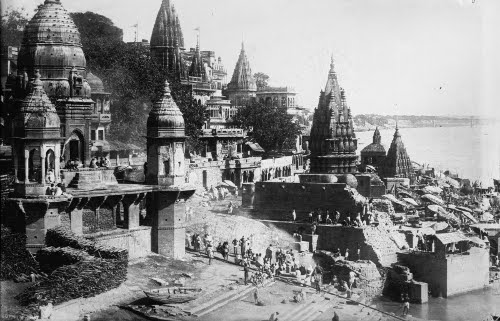VâRâöASä

Vàràõasã, often anglicized as Benares, is Hinduism's mosts sacred city. Its name is derived from the fact that the ancient city was originally situated between two small tributaries of the Ganges, the Varna and the Asi. To die in Vàràõasã or to bathe in the Ganges there, is the goal of every devote Hindu. In the Tipiñaka Vàràõasã is sometimes called Kasi, the city's oldest name, or Bàrànasã (D.II,146). The city has long been a centre of religious learning, culture and trade, especially trade in luxury goods. The Buddha said that before he renounced the world he only wore clothes made from Kasi cloth, a type of rich brocade, and used sandalwood from Kasi (A.I,145). Numerous Jàtaka stories are set in Vàràõasã or are said to have taken place when `Brahmadatta was king of Bàràõasã'.
Archeological investigations have shown that there was a Buddhist presence in Vàràõasã in ancient times but it was always overshadowed by Hinduism. Isipatana, where the Buddha preached his first and second discourses and now called Sàrnàth, is just beyond Vàràõasã's outer suburbs.